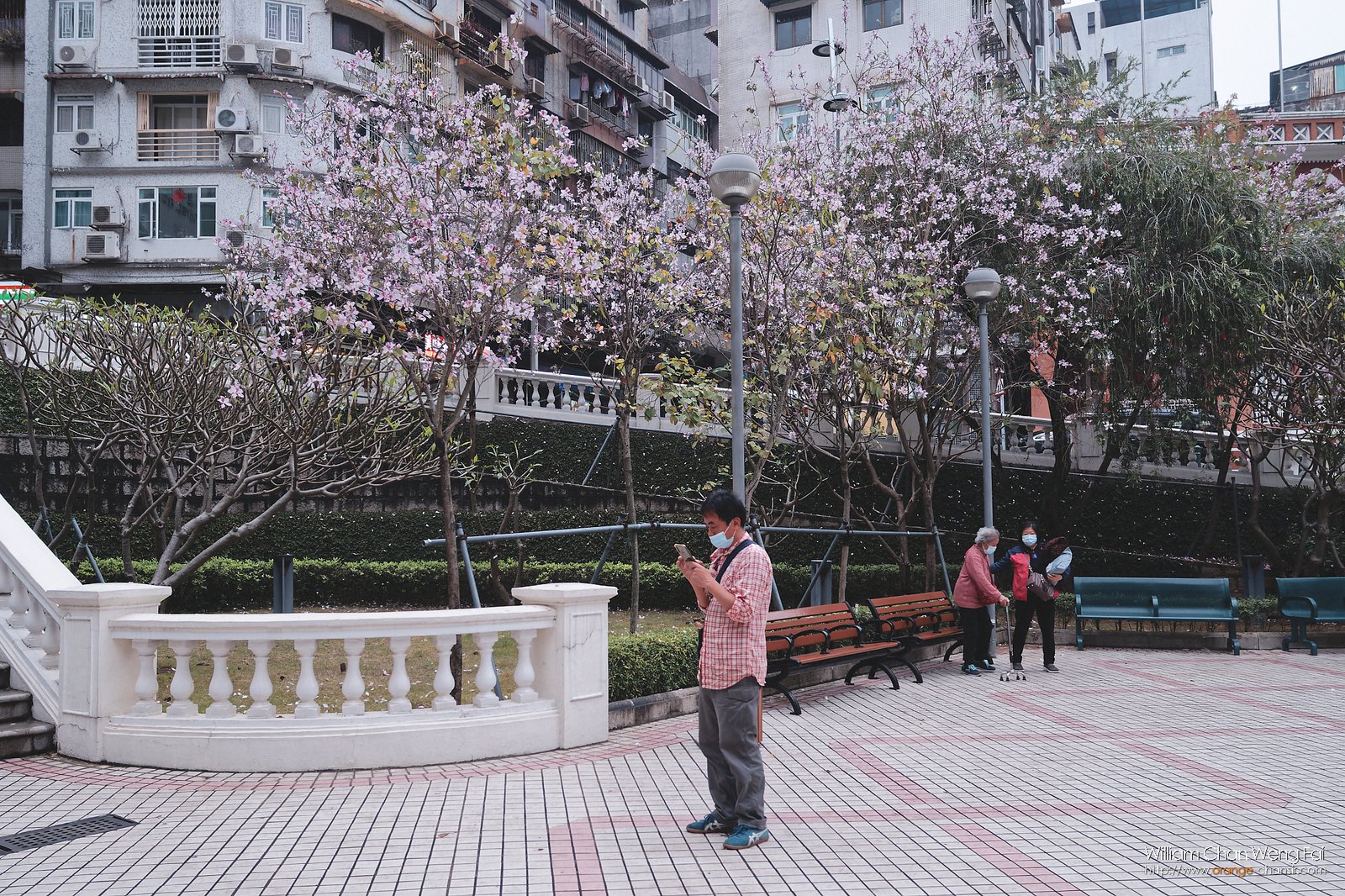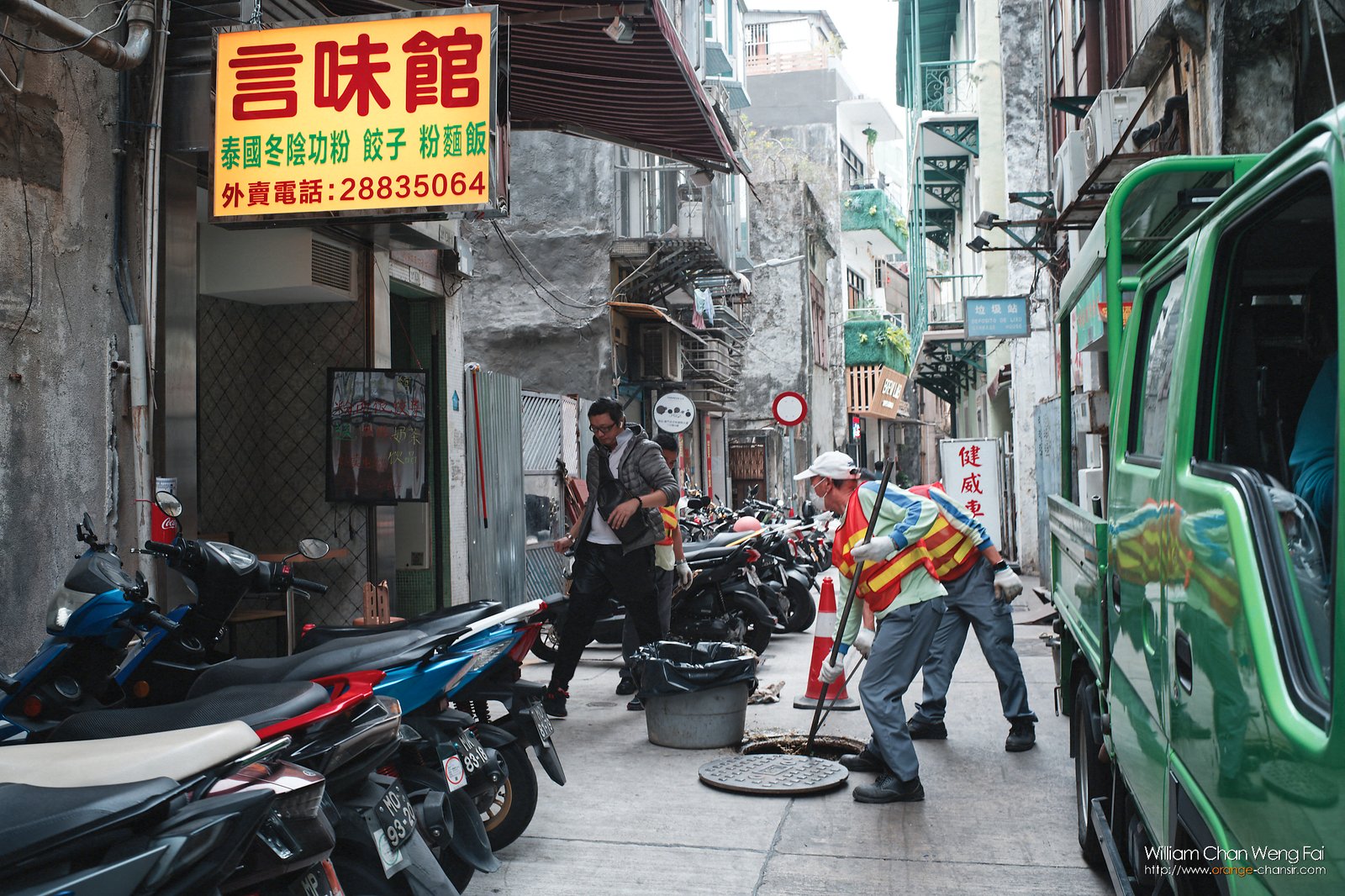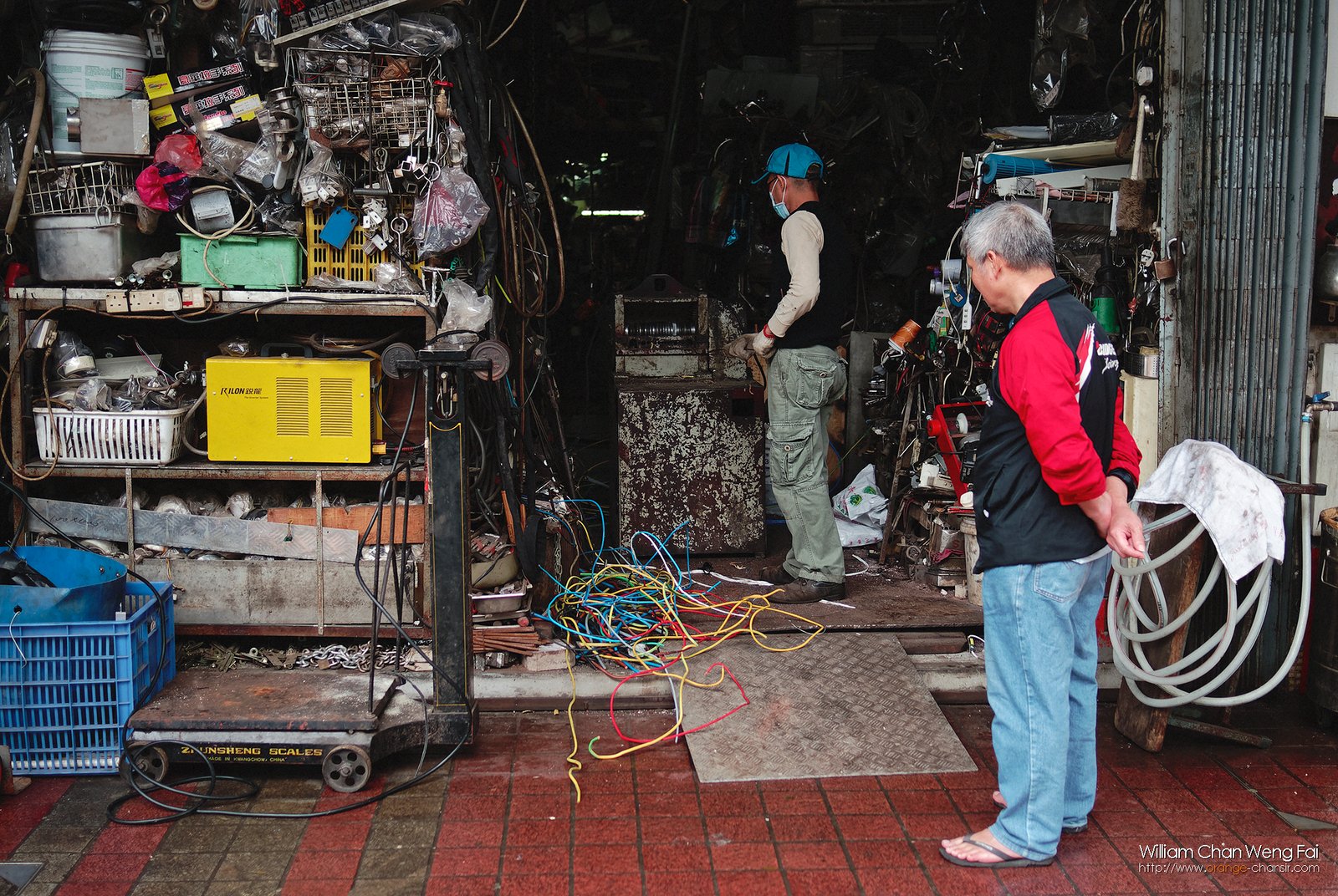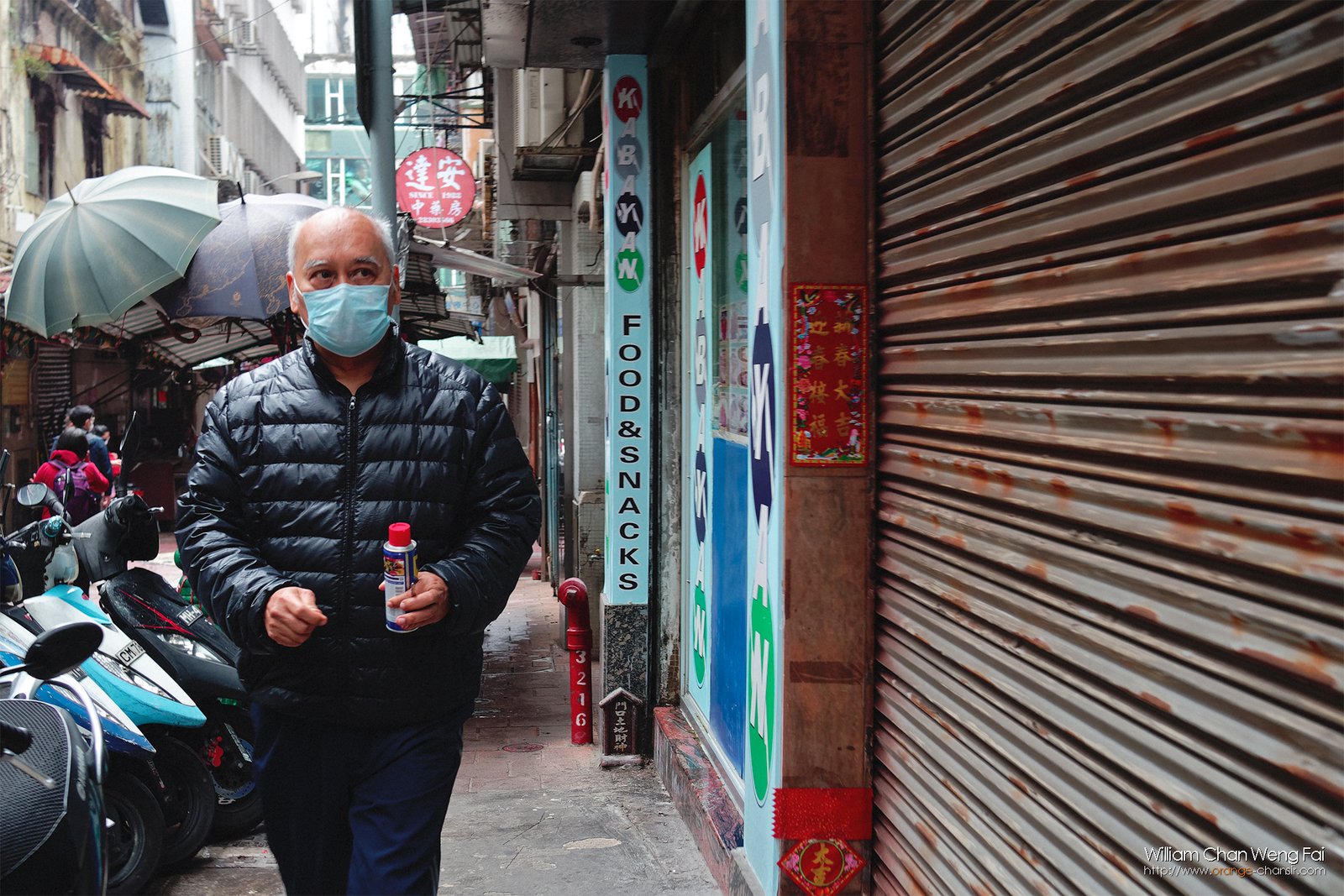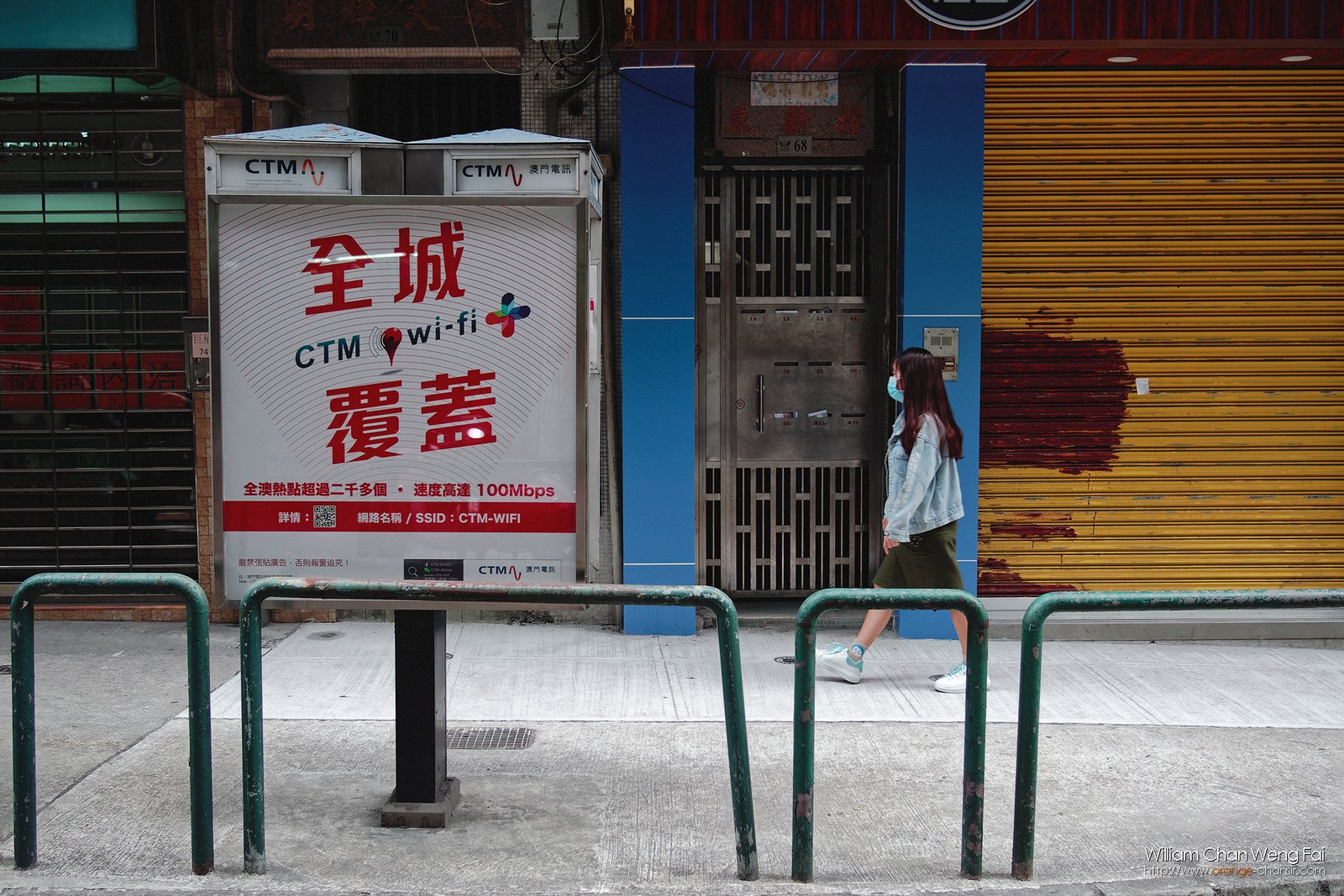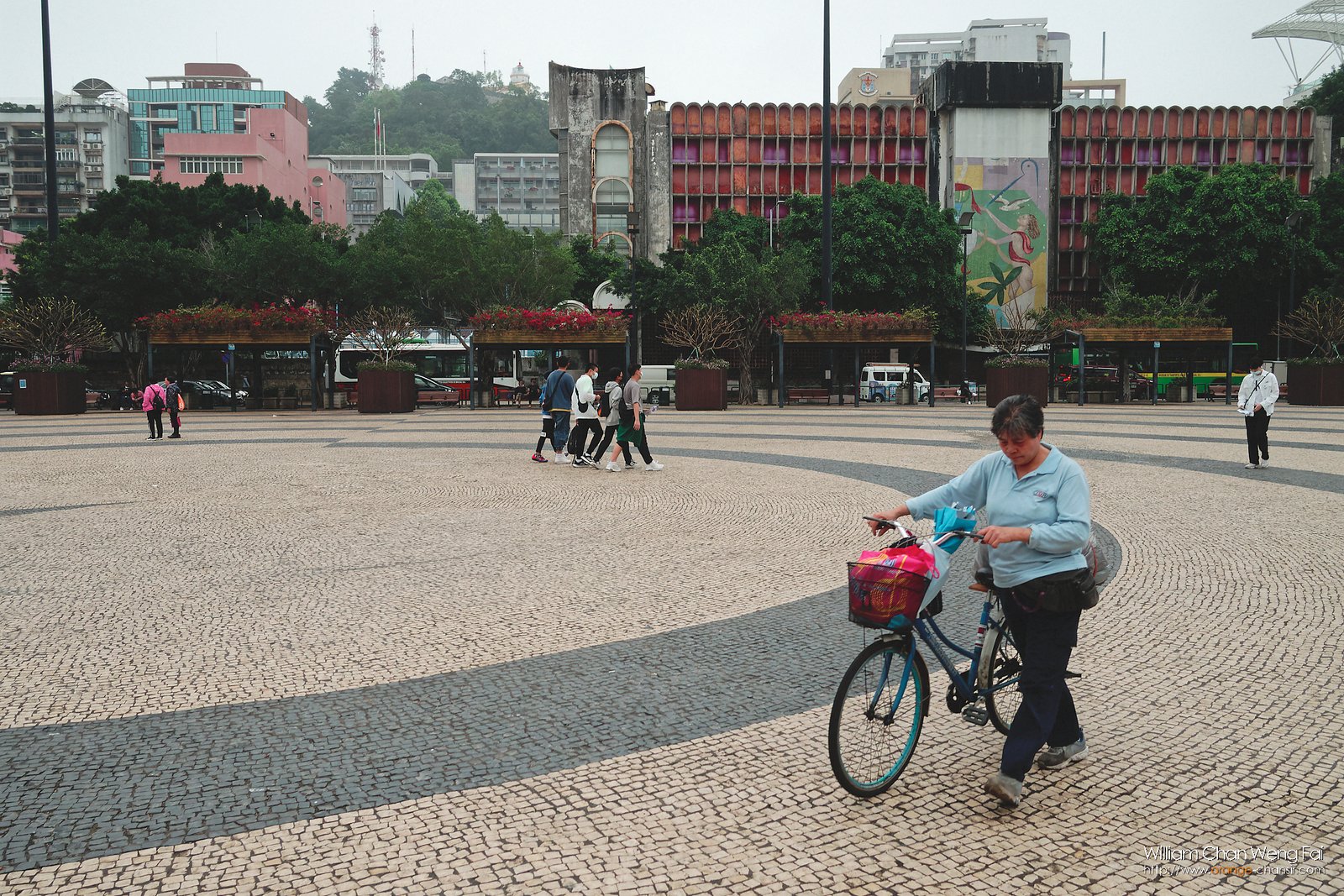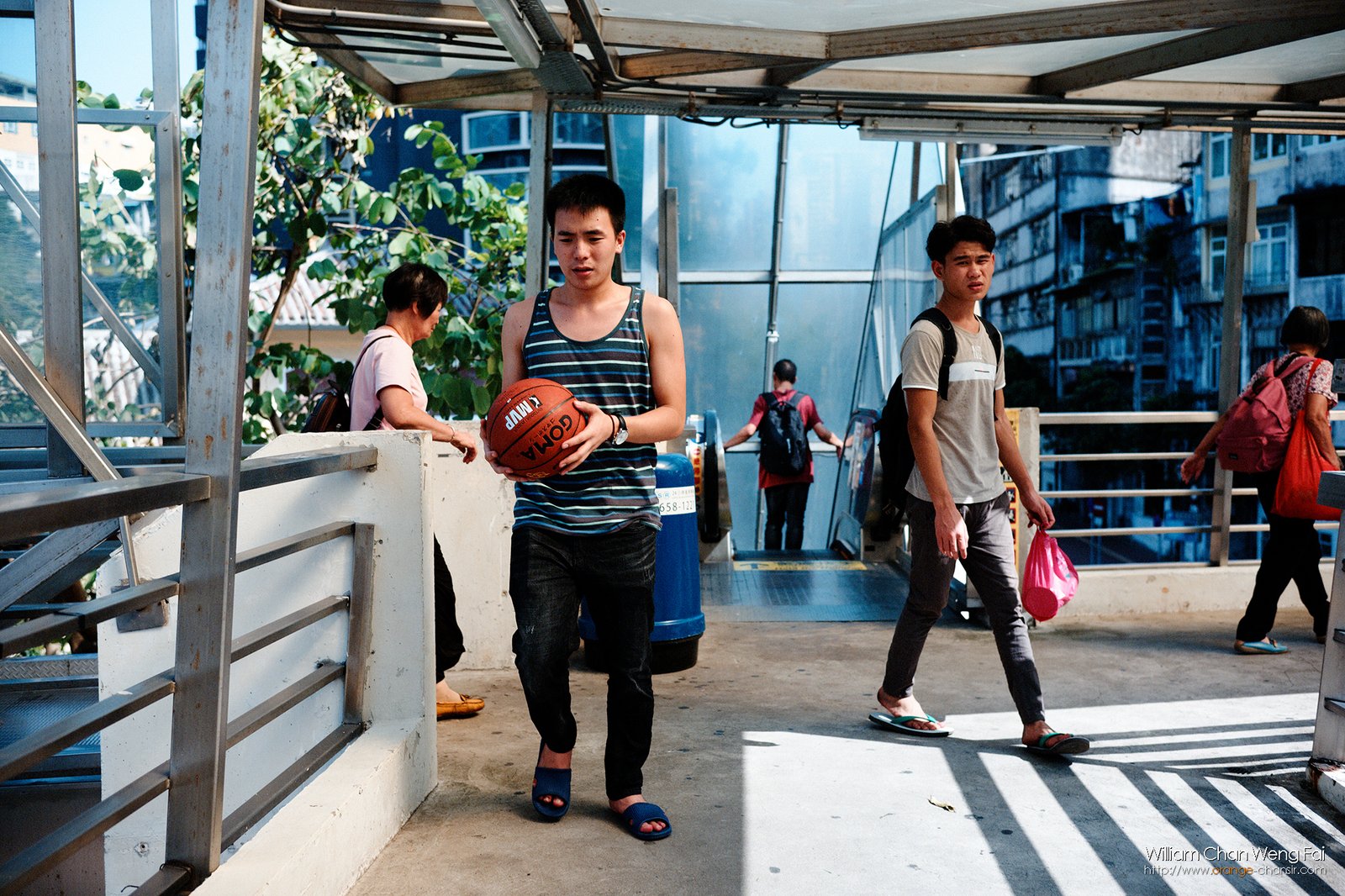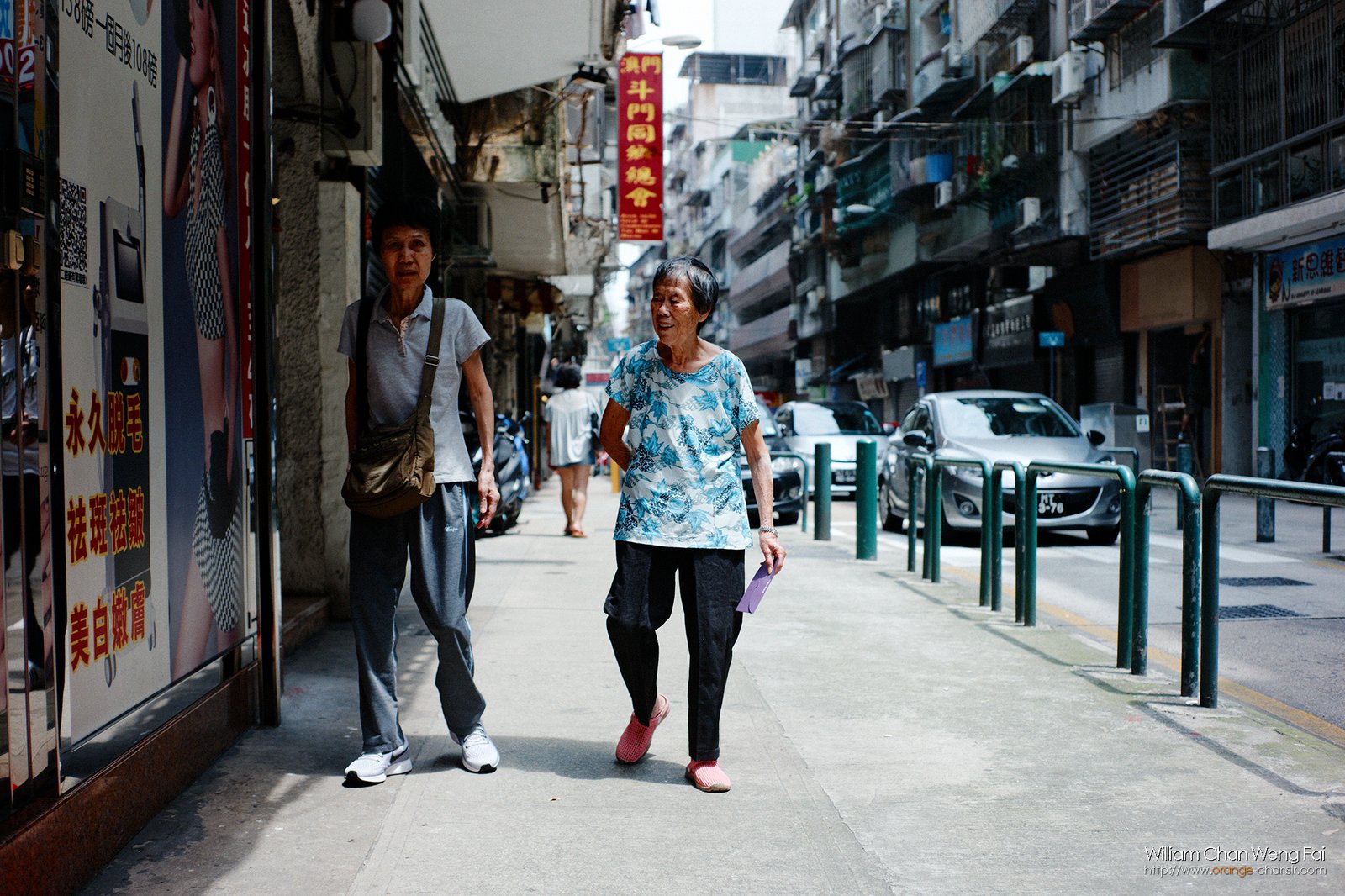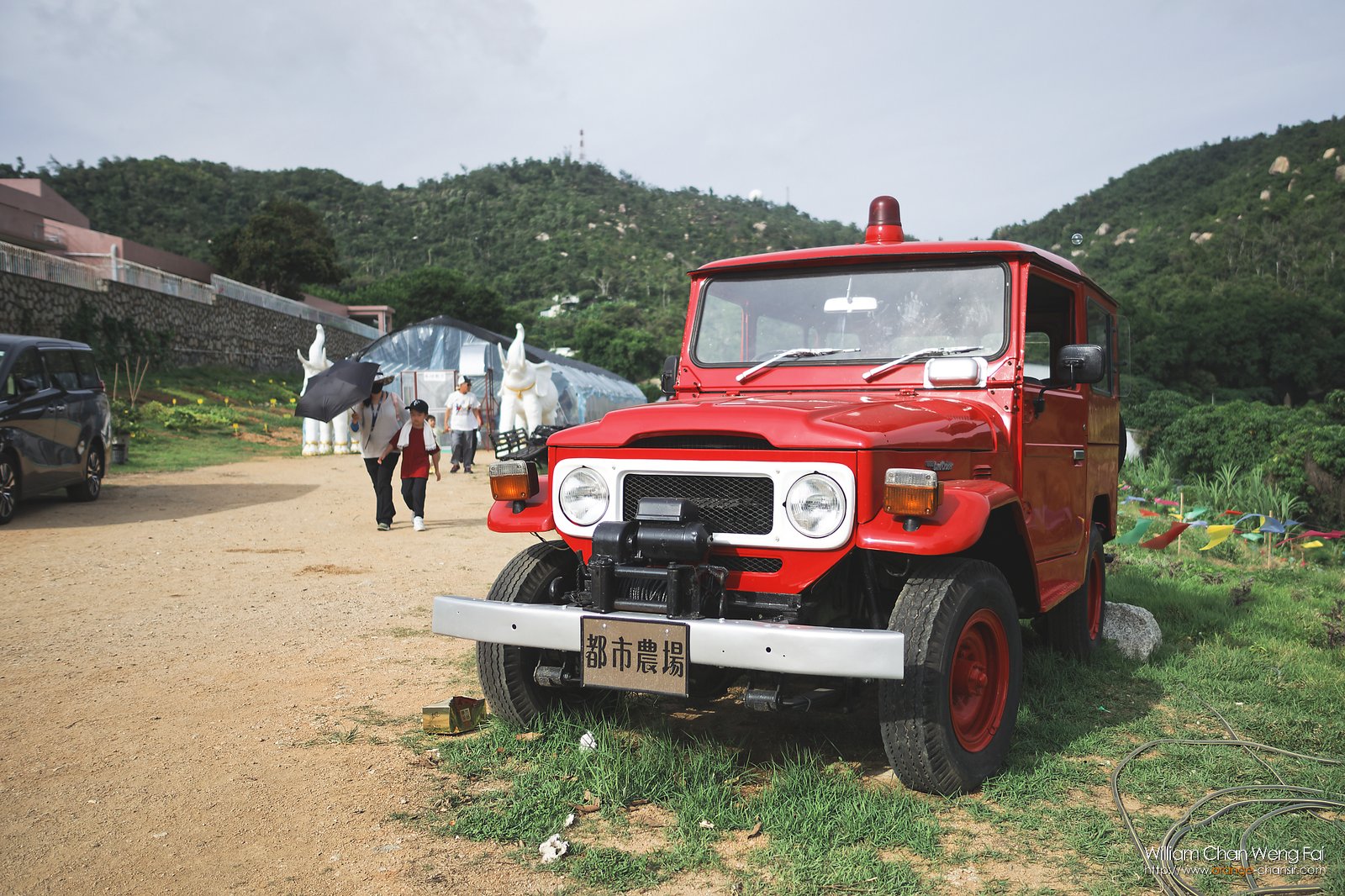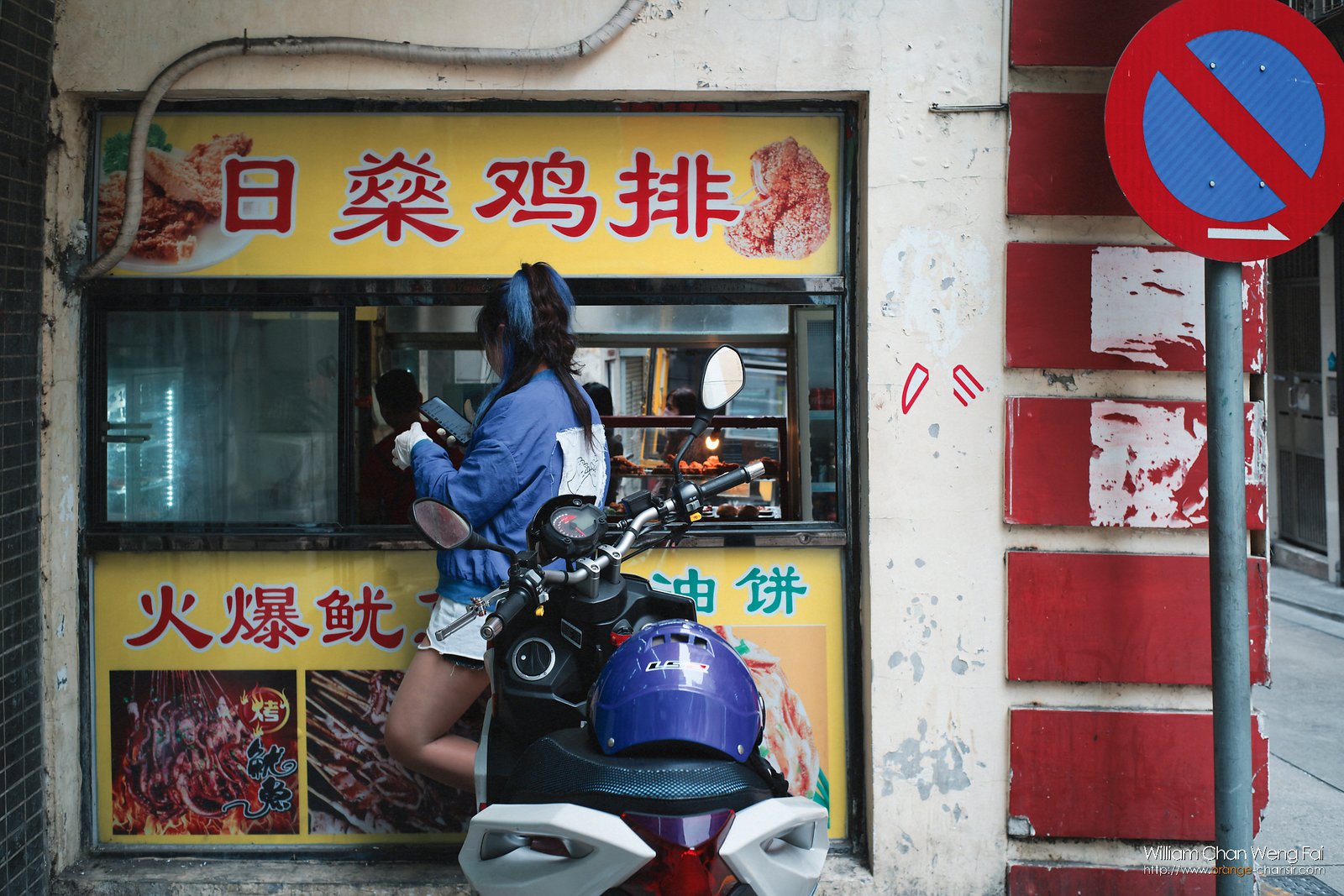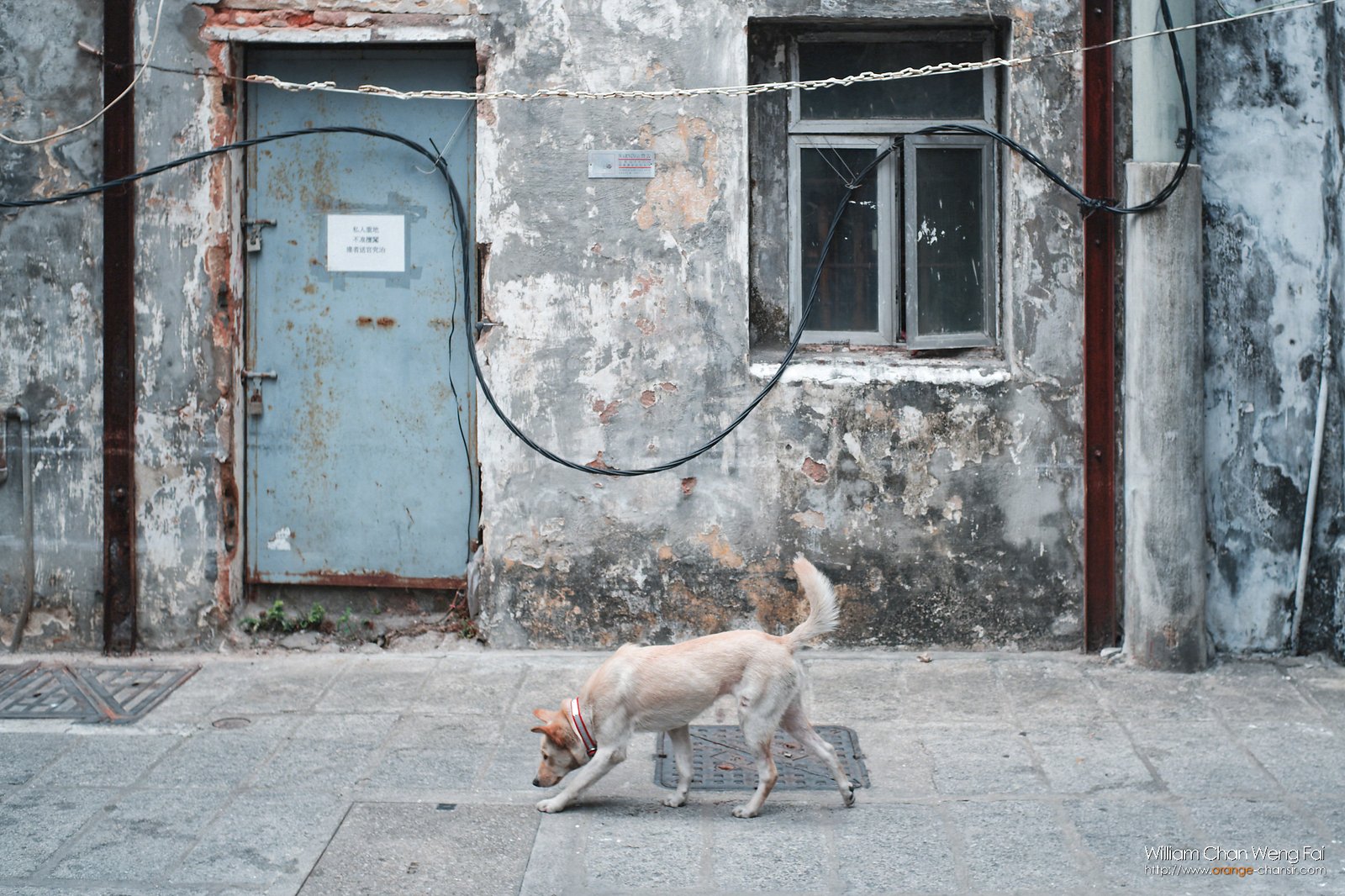M4/3 was introduced in 2008 by Panasonic and Olympus. It attracted some users who shoot basically with the 35mm system, and they finally switched to the new system or used it as a spare system. However, some new users thought that the M4/3 lens with matching equivalent focal length does not share the same perspective. For example, when someone uses a 17mm lens on the M4/3, he feels that the angle of view is quite different from the 35mm lens of the 35mm system. They thought, “because that’s the perspective of a 17mm lens.
First, I will explain it with some basic Physics knowledge.

“Perspective” is the image of three-dimensional space on a two-dimensional plane. No matter which lens you are using, it will not change the distance between the subject and the scene or the distance from you to the object.
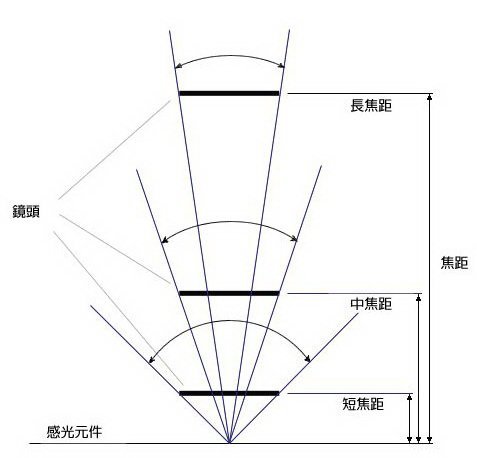
https://photoblog.hk/50182/focal_length/
Then, focal length refers to the distance between the image and the focus. In photography, it determines the angle of view. While perspective doesn’t change when you stay in a fixed position, using different focal lengths only makes it “see more” or “see less” in the picture.
Finally, the frame size, which we know is equivalent to the size of a canvas, and how many things can be “seen” in a photo. Is it a bit like the focal length? Yes, the focal length and the film width work together. They finally determined the angle of view.

If you shoot with a 35mm format camera and use a 50mm lens, you can get a 46-degree angle of view; if you use a 4/3 format, to achieve a 46-degree angle of view at the same position, you have to use a 25mm lens. The shooting distance is not changed, so you should get the same perspective.
Here we have another example of 21mm in 135 format vs. 21mm in 4/3 format.
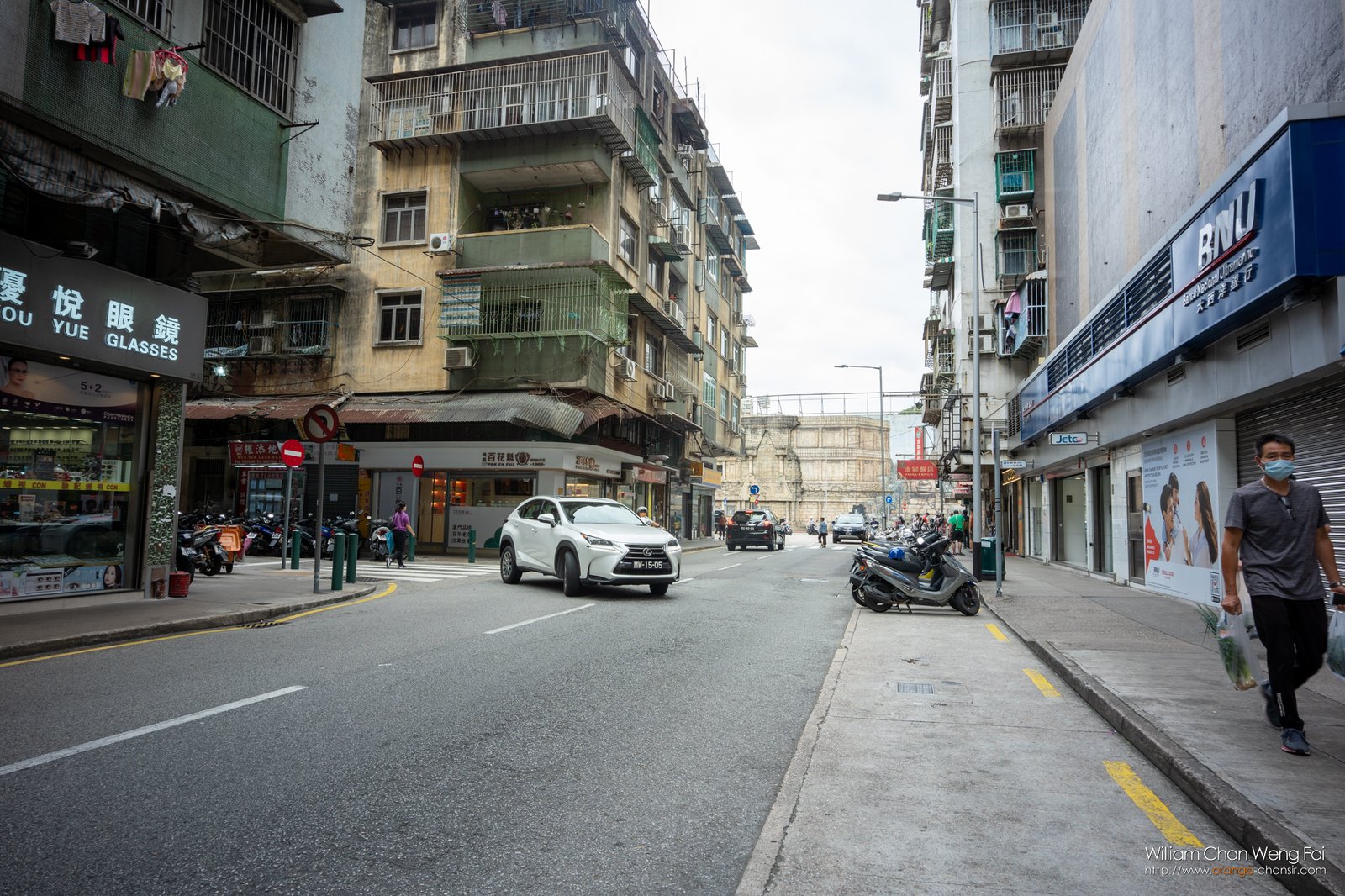
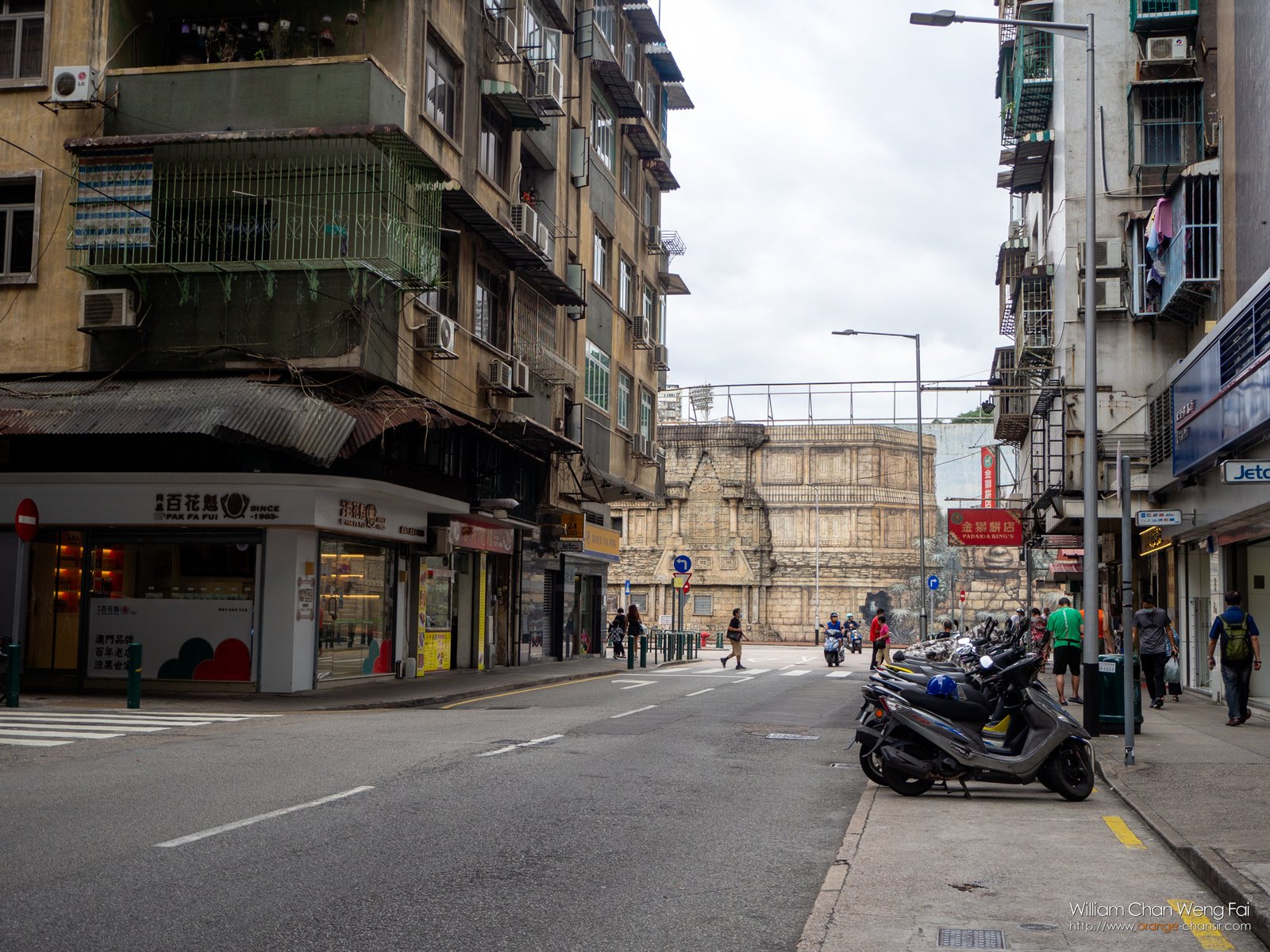
Someone misunderstands perspective as the distortion feeling at the edge of the picture while using the ultra-wide lens. It is only a physical phenomenon after the angle of view increases. If you crop the middle part of the picture with the larger format in the 21mm lens sample, you will get the same image as the smaller one.
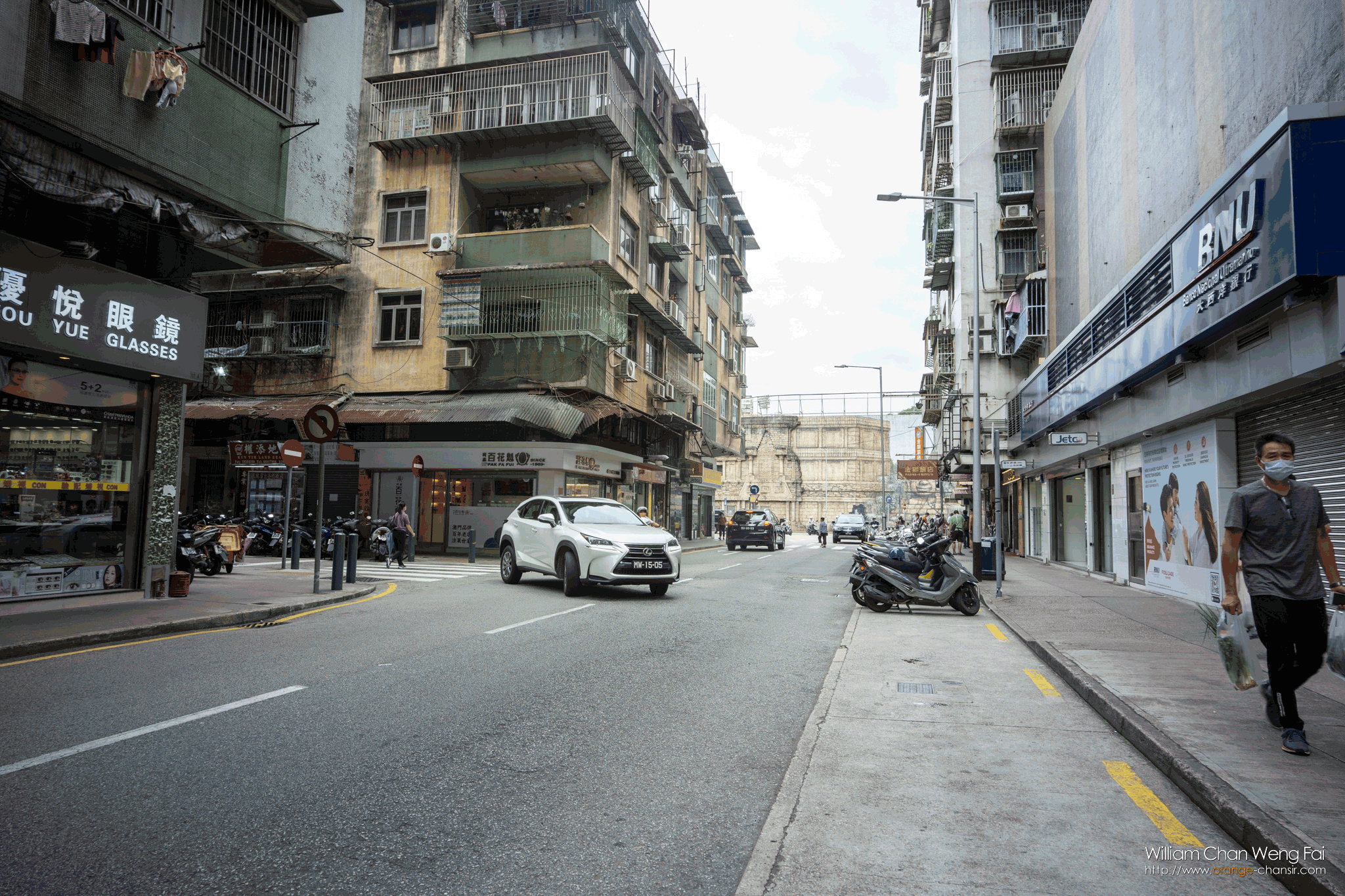
Theory and real-world tests confirmed that different formats in the equivalent focal length share the same perspective. However, the shooters feel they are different – maybe other reasons make it happen.
First, the aspect
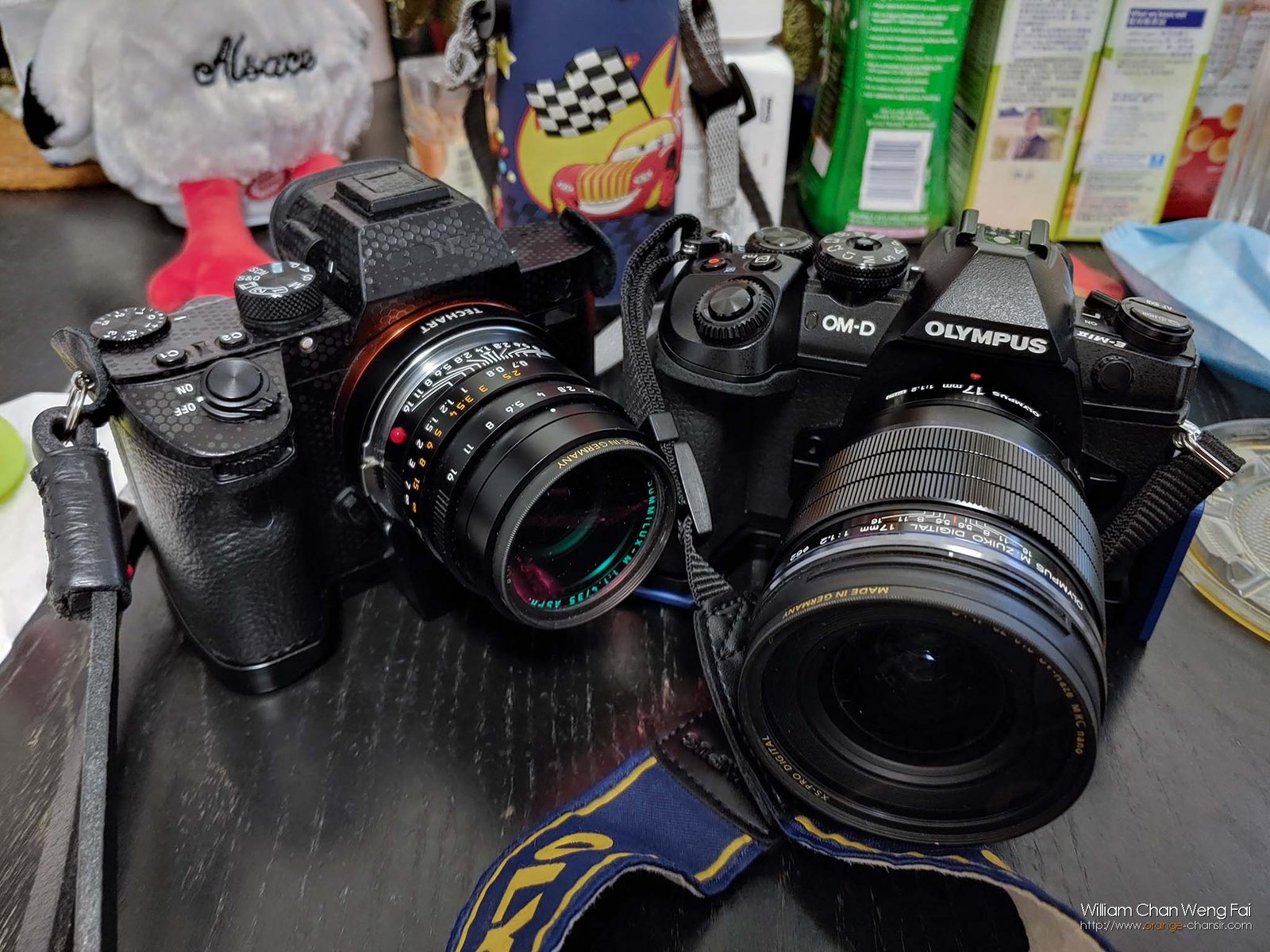
The 4/3 and M4/3 systems use a 4/3″ type sensor. The common inch-based sizing system is derived from vacuum image-sensing video camera tubes.
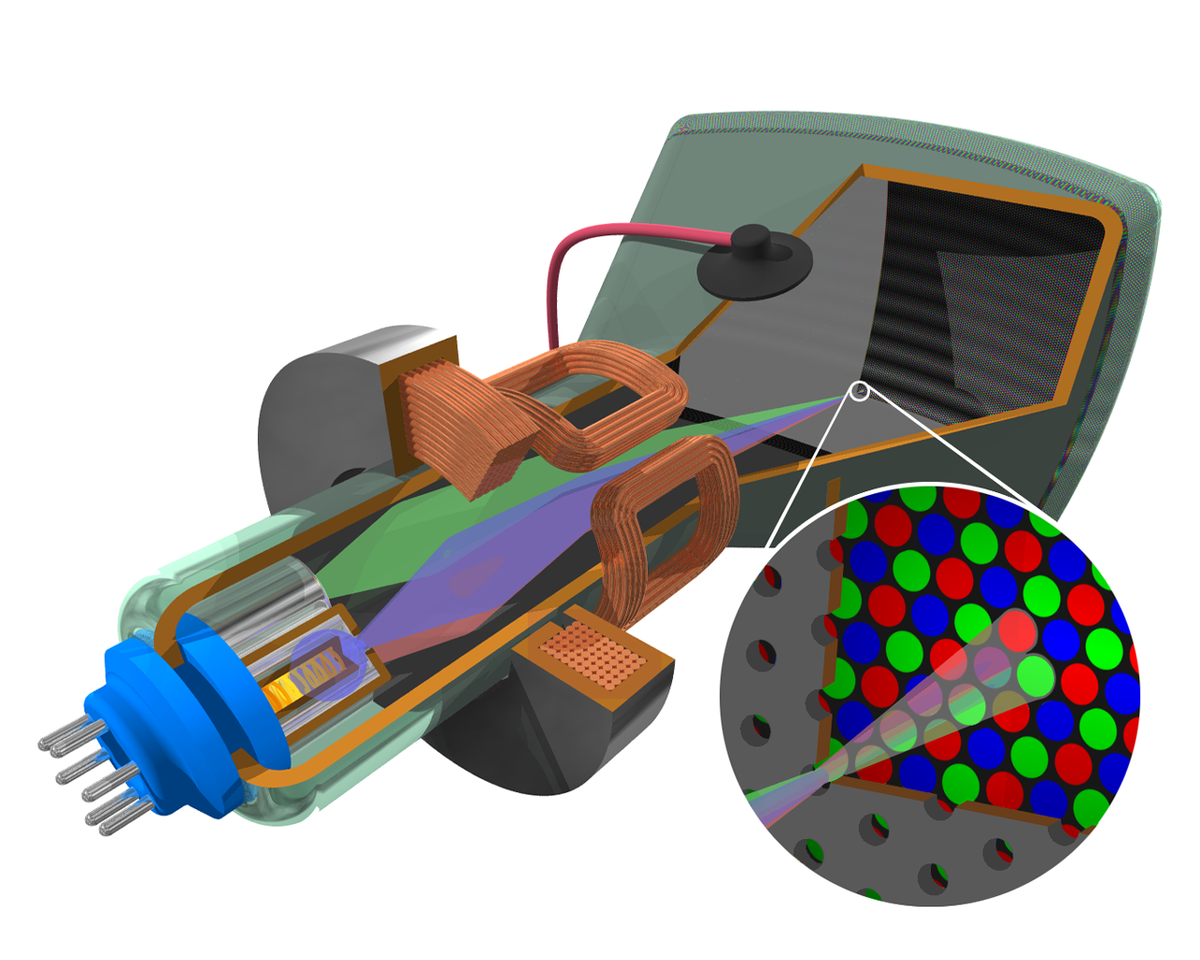
Therefore, the 4/3″ format has almost all the characteristics inherited from the vacuum tube, and the 4:3 aspect ratio is one of them.
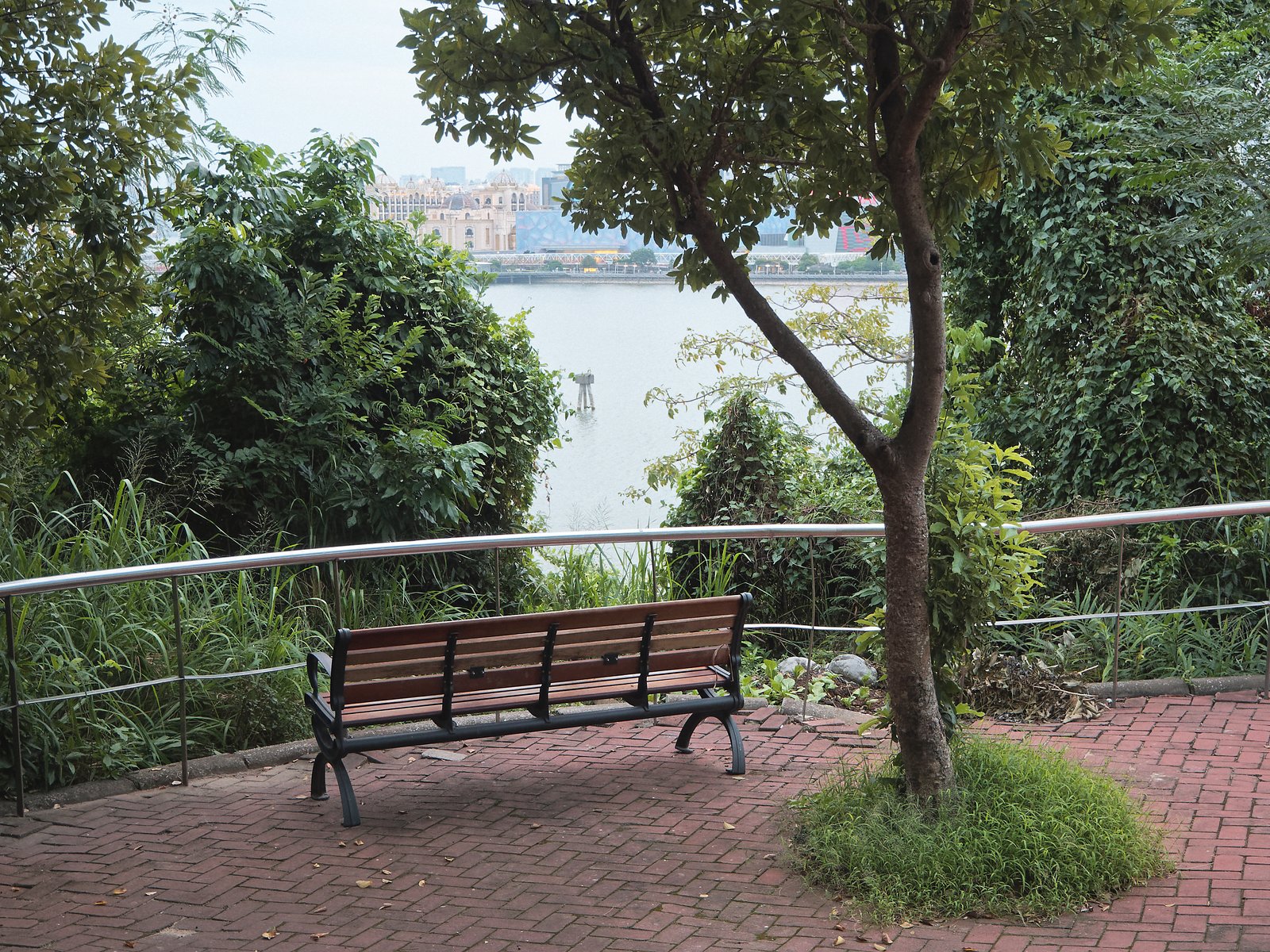
For video, Kodak designed a 35mm format negative in the 1930s, which was placed horizontally with a fixed hole in the frame and was exactly 35mm wide.
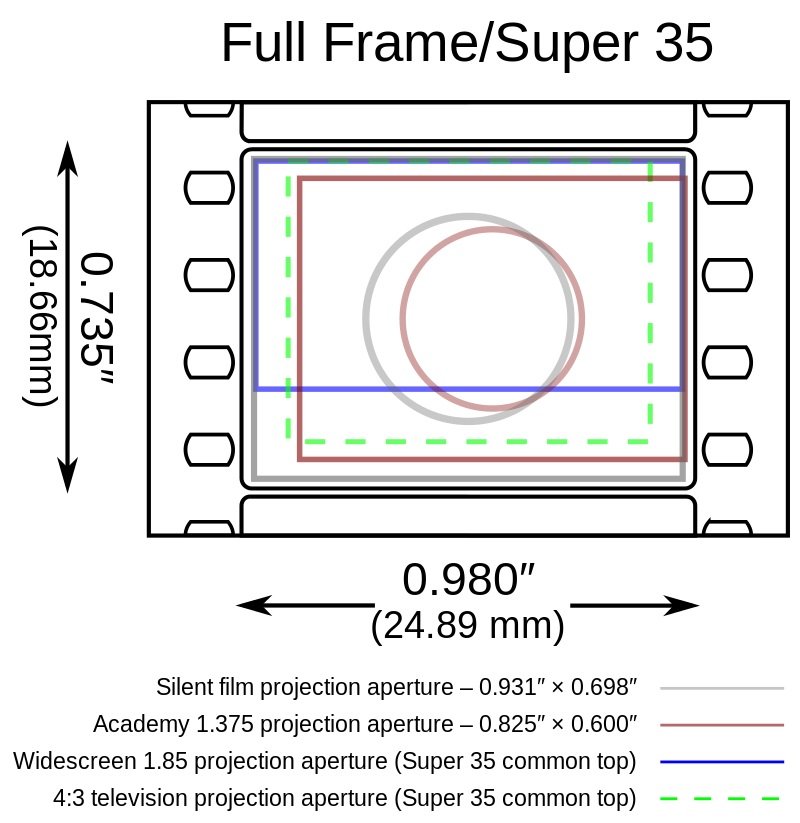
Later, Leica took the 35mm negative format and turned it 90 degrees “landscape” to form a 36mm x 24mm imaging area. After that, the 35mm system quickly became popular. As a result, the so-called equivalent focal length is actually based on the 35mm system. It is okay if you are based on medium format and using a different crop factor to calculate the equivalent focal length.
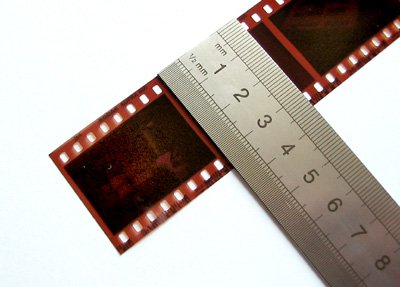
Credit: Wikipedia
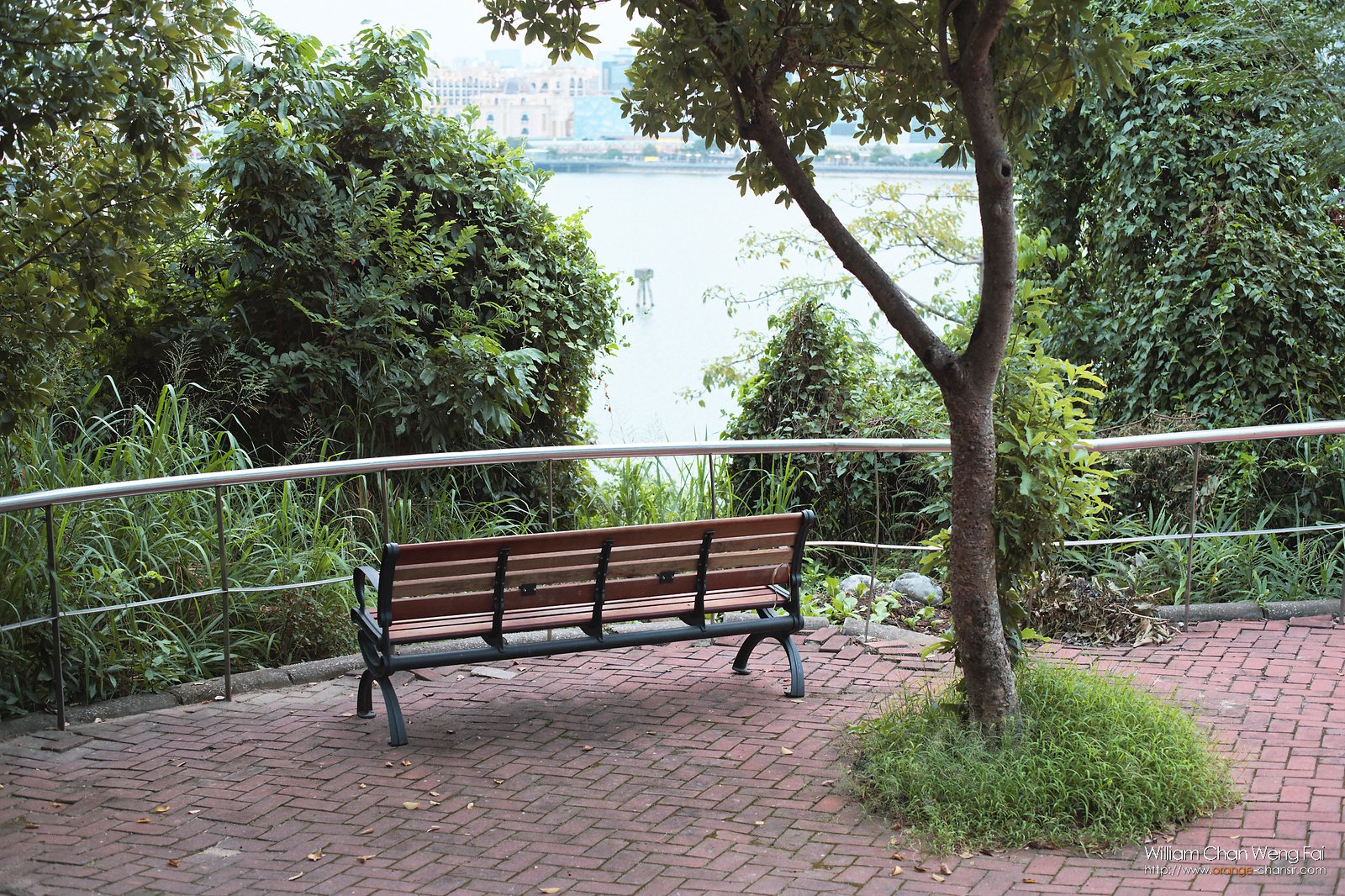
36mm x 24mm, with a 3:2 aspect ratio. Now you should be able to see what happened.
Comparing the above two photos, you will find that the 3:2 of the a7iii are wider in the horizontal angle of view, while the 4:3 of the E-PL9 has more angle of view vertically.

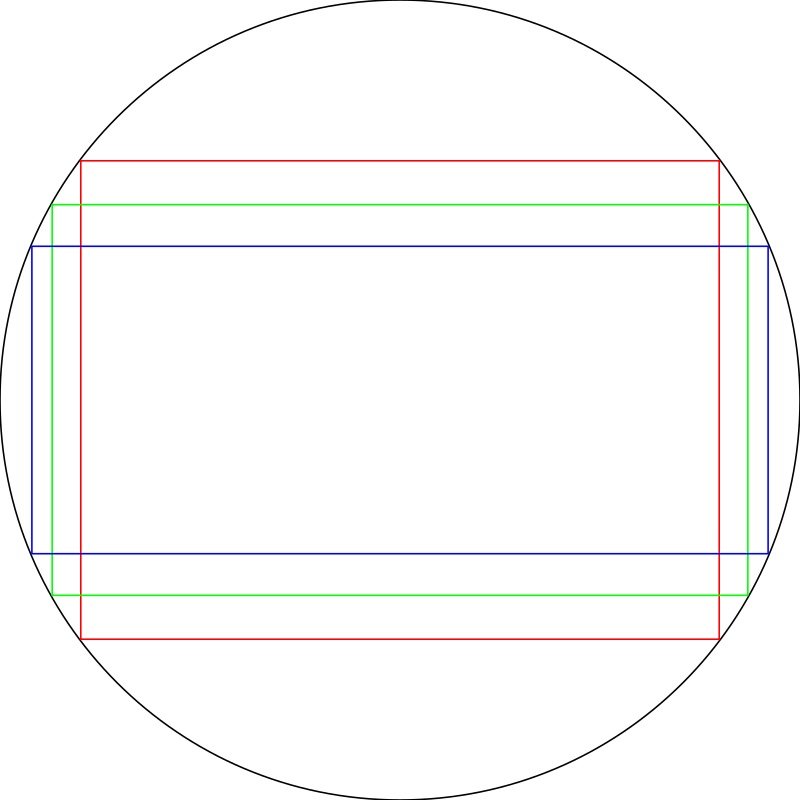
In the same image circle, 4:3 and 3:2 will have different pictures. The angle of view refers to the diagonal angle of view of the picture. Therefore, some camera manufacturers also list the “horizontal angle” and “vertical angle” of the lens (of course, with the frame size) for users’ reference.
Perhaps to cater to the 35mm-based users, some of the early M4/3 models were factory defaulted to 3:2 aspect ratio. The native aspect ratio of 4/3 format is 4:3 so it is cropped.
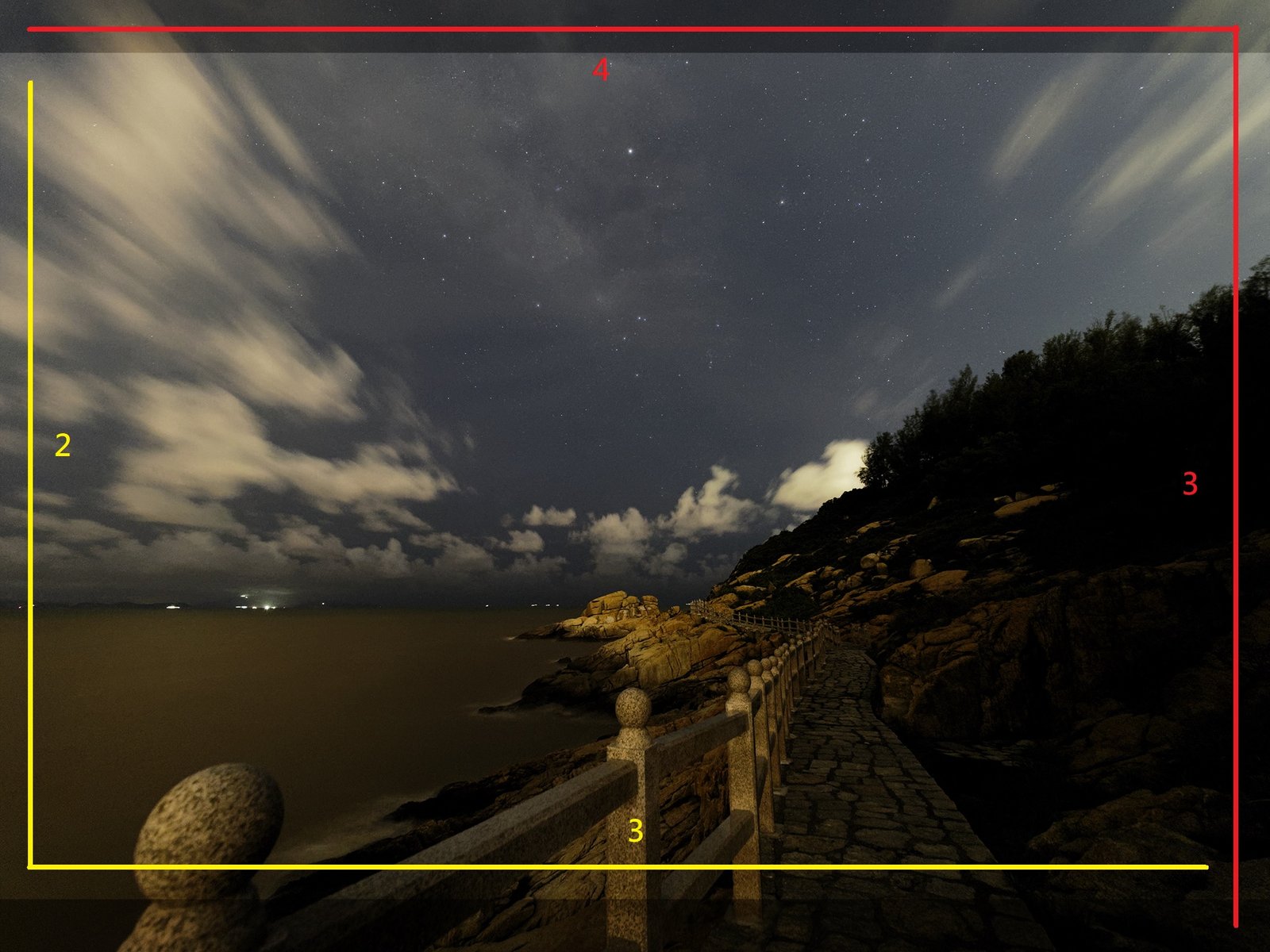
The horizontal angle of view of the 4/3 format is narrower than the 35mm format. To crop a 4:3 image to 3:2, it also narrowed the diagonal viewing angle. In other words, if you are a 35mm format shooter, when you switch to 4/3 format and want to continue using the 3:2 ratio, even if you use the equivalent focal length, you will end up with an image that is a little narrower than the equivalent focal length. In the same case, if you switch to FUJIFILM GFX, Hasselblad X1D (44mm x 33mm sensitive area), or even the full-frame 645 format (56mm x 42mm) on medium format, the frame ratio is also 4:3. You will get the same situation as the 4/3 format.
If you switch to a native 4:3 format, should you crop it to 3:2? That is your personal choice, as well as the Aesthetic Judgment.
Aspect ratio and shooting habits
We now have the answer to why someone thinks the perspectives are different. In my opinion, it has the greatest impact on street photography.
Some street photographers set a fixed exposure value. As an example, ISO100, 1/200s, f/5.6. Someone will use a 35mm lens with a fixed focus of 3 meters with f/5.6 to make 2 to 5 meters of the scene fall into the depth of field. Using a 4/3 format 17mm lens instead, the depth of field will be wider. If I want to achieve the same bokeh, I need to set the aperture to f/2.8. It involved adjustments of ISO and shutter speed.

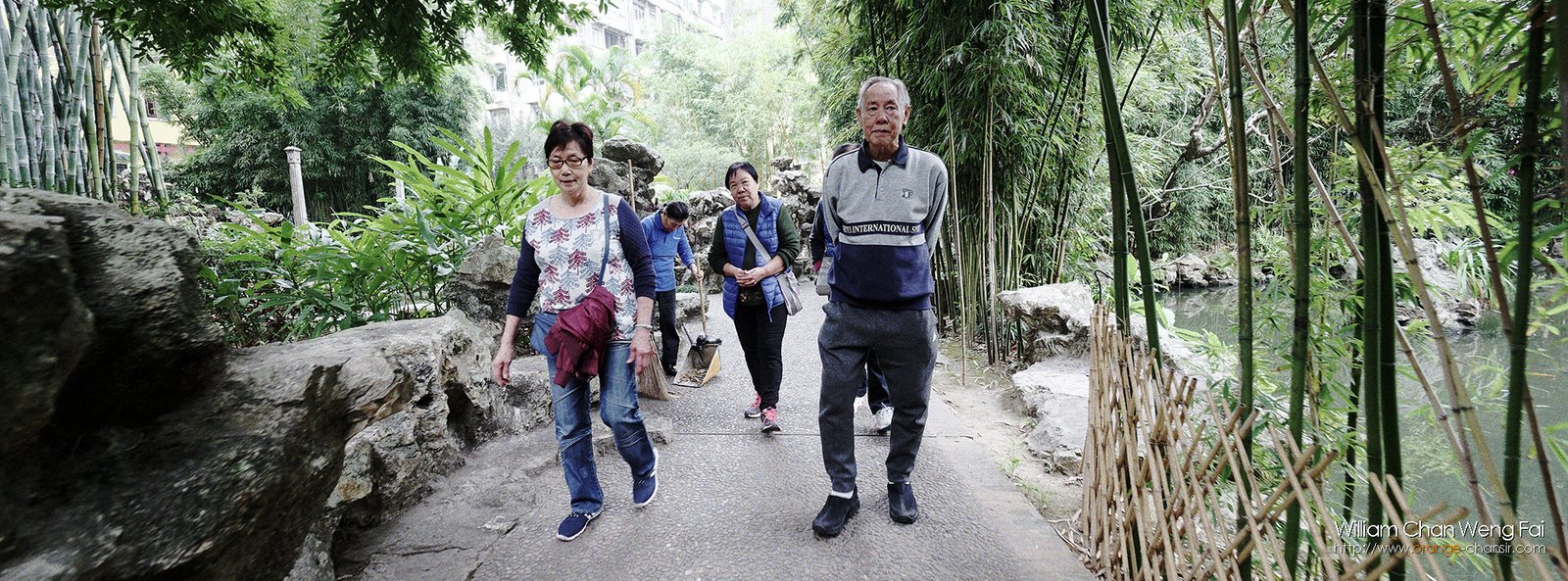
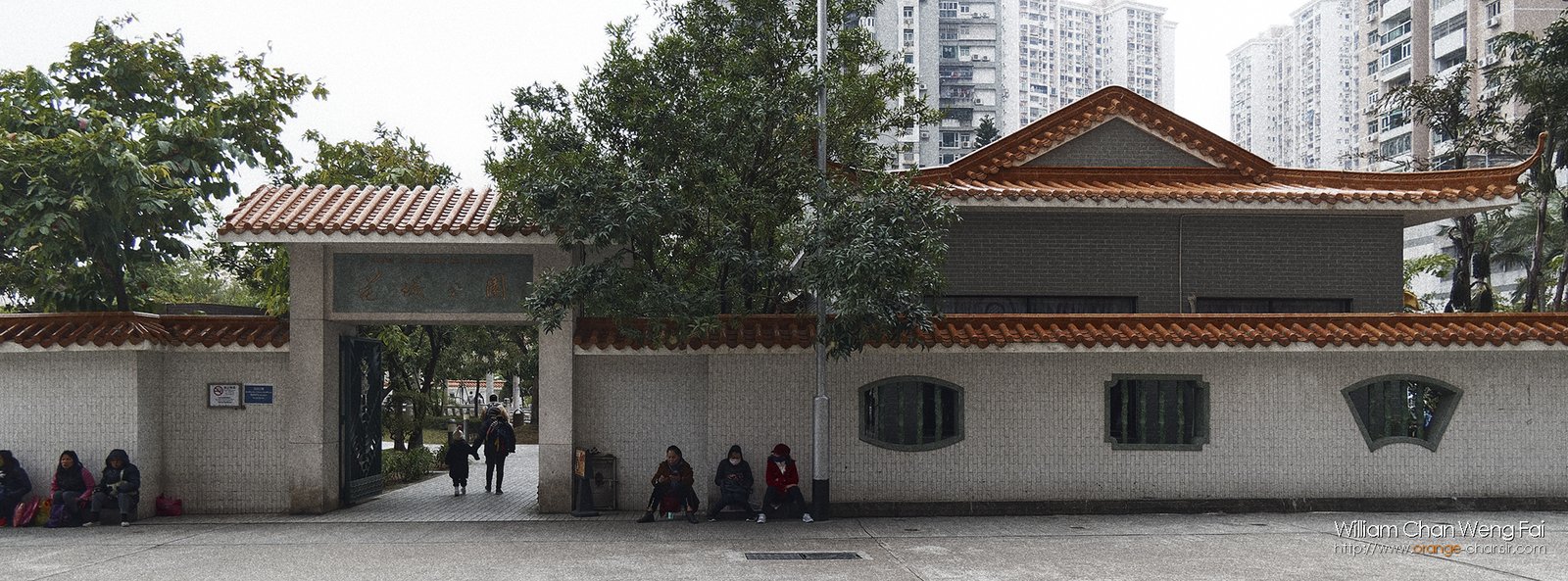
Every street photographer has their habits. Maybe some of them use a 35mm lens with a depth of field of 2 to 5 meters, and they shoot the subject at the same distance every time. When they switch to M4/3 from the 35mm system, they may get images that have the subject more concentrated in the center of the photo. As a result, they may take one or two steps backward to make the angle of view become wider again. Increasing the shooting distance finally changing the perspective.
For me, I always care about the wider horizontal angle of view of a photo.
How about you?
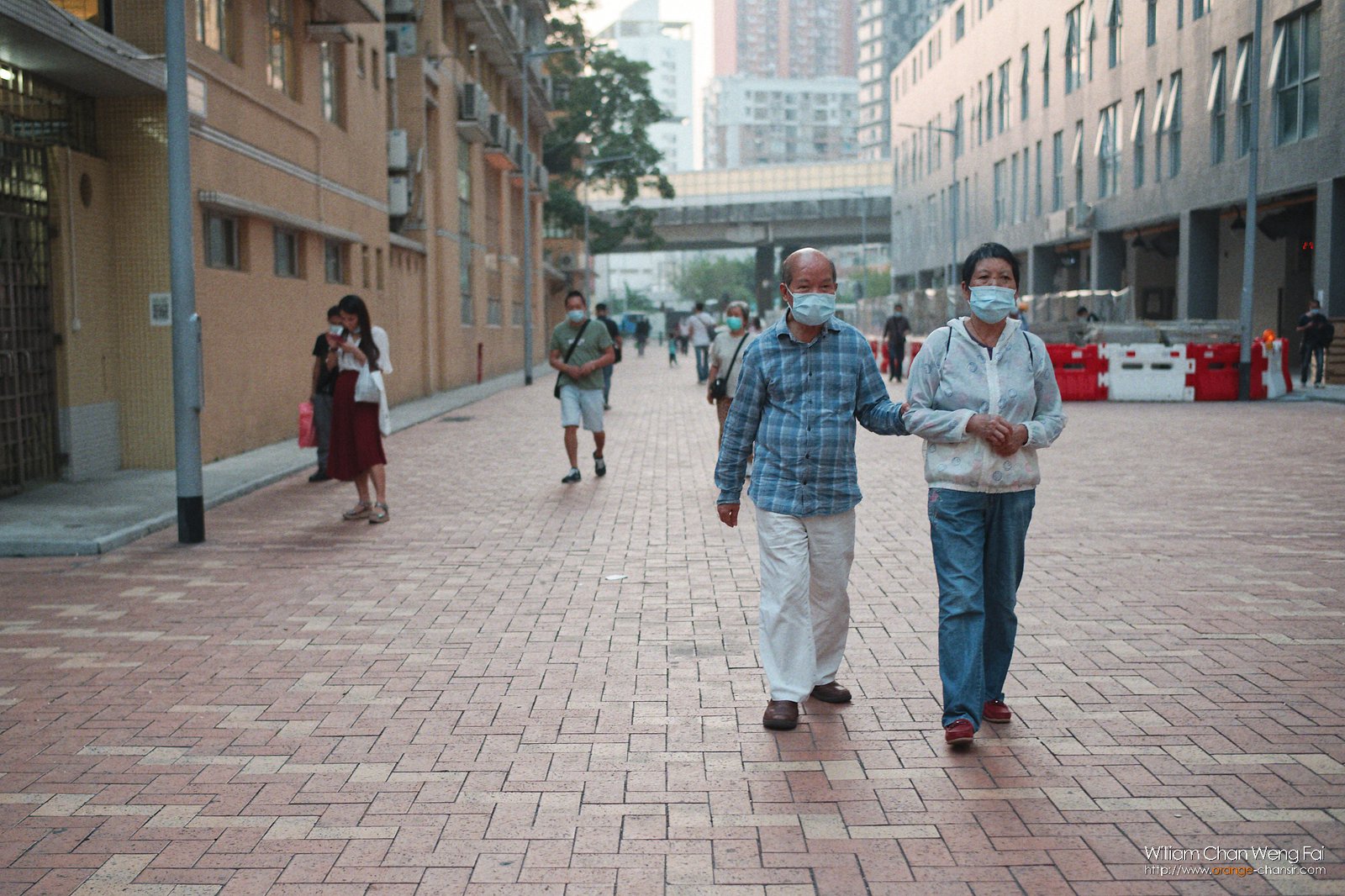
The last words
Techniques are not only personal skills, but also sometimes your equipment in hand. The more you know about your equipment, the easier it is to get the job done. That’s why I discuss the difference of perspective – not only question why they are different.
Finally, I would like to share my street photography with 35mm to 40mm equivalent focal lengths. I took them with 4/3 and 35mm formats. Now I can shoot using identical methods with different systems. Therefore, I won’t explain the equipment used for each photo here. Thank you for your reading.
